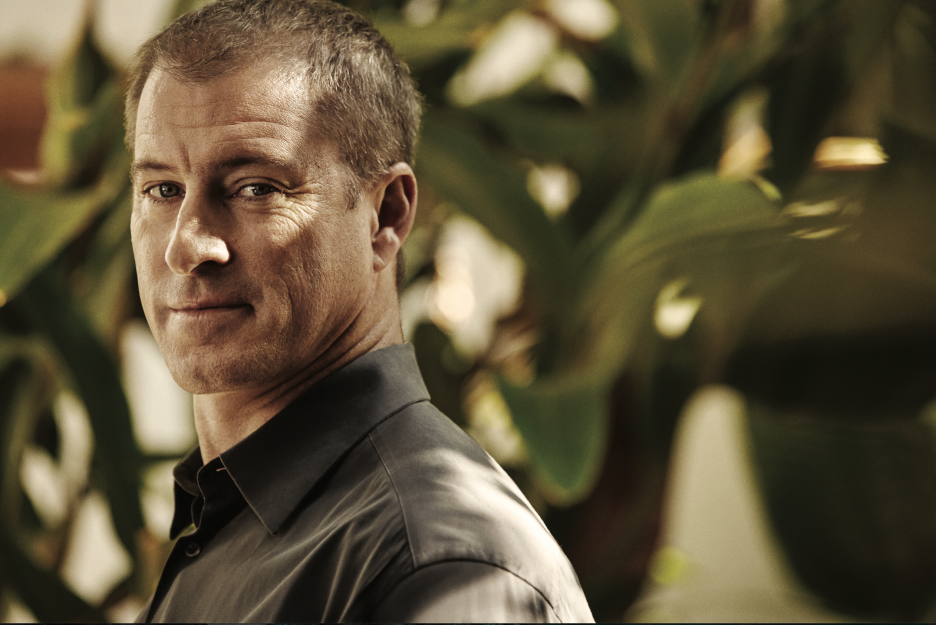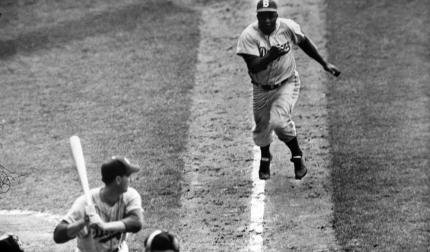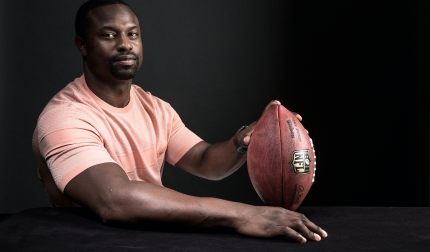When you were drafted by the Baltimore Orioles in the 13th round in 1987, and started in the minor leagues, how much were you making?
I made $600 a month in my first year, and that was only for three months! When I got drafted, I basically got a ham sandwich and a bus ticket as my signing bonus (laughs). I think I may have received something like $5,000 to sign, and I had to make it last. Hopefully guys today get a bit more of a bonus than I did.
Did you have to work other jobs during the offseason to make ends meet?
Sure, you had to. I had various jobs. I worked as a substitute teacher. I worked in a liquor store. You did whatever you could to make some money and to still be able to train at the same time.
How did things change for you financially, once you got to the Major Leagues?
Well, I got a minimum Major League contract, which at the time was $68,500. Back then, that was the most money I had ever seen in my life. The second year I was in the big leagues, I got introduced to a financial advisor by a teammate, and he ended up being my financial advisor for the rest of my career.
How much did guys talk about money in the clubhouse?
Hardly at all. Guys will talk about stocks and things like that, but there’s no real financial conversation going on, and I’m not sure why. I think it would be healthy for there to be more talk about it. There’s this idea of keeping up with the guys in the clubhouse. It’s an expensive lifestyle with the dues you pay, your agent fees, taxes—there are a lot more expenses. Maybe you’re also buying a house. Guys are buying cars. You can spend so much money annually and not even realize what you’re spending. You don’t think you’re spending that fast, but at the end of the year, you say to yourself, “Where did it all go?”
So even if you’re earning six or seven figures, spending can still seem too gradual to recognize?
Maybe you’ve got $2,000-$3,000 of credit card spending a month. You snap your fingers and that becomes $10,000 a month, and then $20,000. And that’s all after-tax money. It’s your money, and it’s so easy to access. When you are making millions of dollars, you think you are going to keep making it forever. Guys almost never realize that this money will have to last them for decades longer. That’s the conversation that has to take place more in the clubhouse. What are you going to do after the game? How long do you plan on living and making that money last? Once you start asking those types of questions, guys will start to have a different perspective on money. Maybe I’m not going to put $50,000 in that deal. Maybe I’m going to tuck it over here. That’s a year of college for one of my kids down the road. Baseball is a much shorter period of your life than you imagine.

You played 19 years in the Major Leagues. There are very few people who have accomplished that. Did you have a goal for how long you wanted to last in the big leagues?
I thought that if I could make it to 10 years, that was the magic number, because you could max out on your baseball pension, and you’d have that waiting for you. I think that’s still the goal today.
Was there a time that you finally felt financially secure?
After my fifth year, I signed a three-year contract, and that was the first time I felt like I had some stability. I could put some money away. At that time [1994], I felt like if I could get $2 million in the bank, I’d be set. Today, when you consider what things cost, that doesn’t seem like nearly as much any more.
Beyond your production on the field, how were you able to play in the Major Leagues for nearly two decades?
I went to college and got a degree in physiology. The number one thing for me was that I understood what nutrition meant and how the body worked better than most players. So I was always a little ahead of the curve in terms of working with trainers away from the field. I worked with Evander Holyfield’s trainer. I trained with Greg Brittenham, who also worked with Olympic athletes. There was a woman named Edythe Heus, and she and Marv Marinovich—the father of Todd Marinovich—they put together a workout for me that changed my career. It kept me playing until I was 42. I tore my labrum when I was 41, and that was the beginning of the end, otherwise I would have kept playing. It was a lot of forward thinking about the way I worked out and trained. I was never afraid to invest in myself. What I spent on nutrition and training was a pittance compared to what I could earn if I could play at a high level for a long period of time.
You work with a lot of young players, what advice do you give today’s generation of athletes?
If you’ve made it to the big leagues, you needed to have some kind of discipline to get here. So you need to maintain that same discipline in your nutrition and your training, and you need to have that discipline in your finances and how you handle your money, because they’re all connected. If your finances are going off a cliff, it’s going to affect the way you play, how you take care of yourself; it affects everything. To me, it’s all about education. You need to understand your finances better, and not be afraid to ask tough questions of your financial advisor so that you understand how your money is invested. How is the money allocated for the long term? How much do you want to live off of each year? Once you understand those goals and you see a plan put in place, make sure you pay attention to it. It’s hard for baseball players, because the season is so long, but you should be meeting with your financial advisor at least twice a year, and even sometimes more than that. You just need to make sure things are going to plan, because it’s easy to get derailed.
Did you feel you were ready to retire from baseball?
Definitely not. Mentally, I wasn’t ready to be done, but my shoulder wasn’t going to let me continue. I wish I would have prepared more at the end of my career for a transition to something, but I didn’t see the end coming. It just slapped me in the face. It took me a few years to make the transition.
And you were 42 years old when you retired!
I know! When you’re in the game, baseball is your whole life. Now I look back and baseball was such a small part of my life. What was I going to do next? I still had the rest of my life to live. I really wish I would have planned in greater detail.

In addition to being part of Morgan Stanley Global Sports & Entertainment, you’re now a television broadcaster and a roving instructor for the San Diego Padres. You’re also doing quite a bit of work with MLB International to help young players develop their skills around the world. Are you finding these new professional roles rewarding?
Absolutely! Working with the young players in the Padres organization, and then going abroad to work with other former players like Barry Larkin, LaTroy Hawkins and Greg Swindell, it’s been as close as I’m going to get to that feeling of playing again. Every time you give a kid some knowledge that they can take with them and use one day to get to the big leagues, it’s enormously rewarding. When you are done playing, even if you physically can no longer play anymore, the thrill of being out there on a field in front of a huge crowd for a big game, I don’t think that desire ever goes away. You relish those moments, so you start to look for things to replace that. Some guys jump into business deals, and that’s where a lot of guys fall on their face.
Why do you think they fail?
They don’t have a plan, and they’re trying to recreate that feeling. It usually doesn’t end up well, because it’s an arena that we’re not well versed in. I started doing some business development for a friend related to insurance, helping guys set up their retirement plans. That led me to what I’m doing now with Morgan Stanley Global Sports & Entertainment—to help guys take care of what they earn and to help it last a long time. For me, it’s my way of giving back to the next generation of players. You watch things like 30 for 30, and how guys will go broke within five to seven years of their careers being over. Morgan Stanley is trying to change that narrative. It doesn’t have to be that way for athletes. You’re not going to change everyone, but hopefully we can change some of those statistics for the better.
W. Drew Hawkins is the Managing Director and Head of Morgan Stanley Global Sports & Entertainment.
The views expressed herein may not necessarily reflect the views of Morgan Stanley Smith Barney LLC. Morgan Stanley’s Global Sports & Entertainment Division engaged Athletes Quarterly to feature this profile.
© 2016 Morgan Stanley Smith Barney LLC. Member SIPC CRC #1507722 (06/2016)





